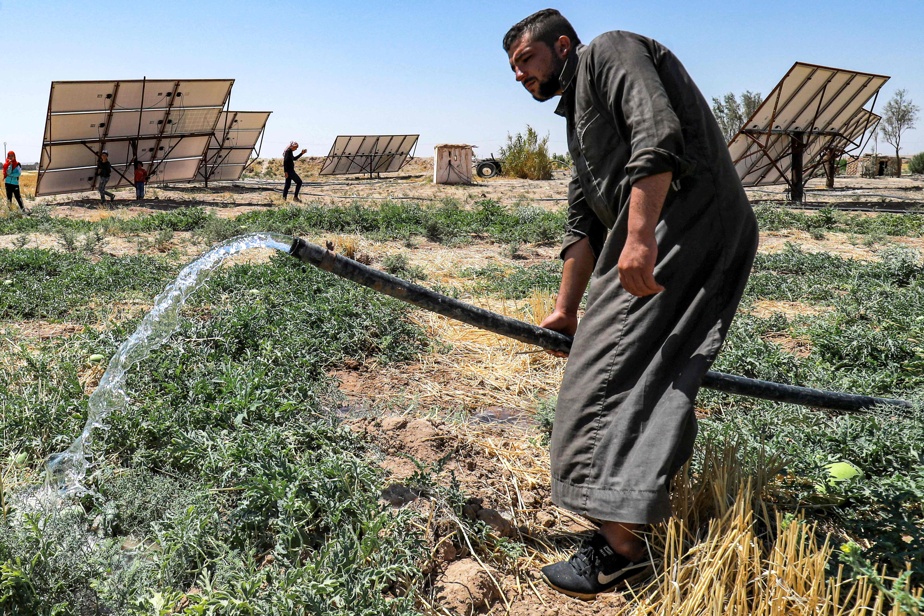Rich countries have “probably” achieved their promise of annual climate financing of $100 billion for poorer countries in 2022, according to the OECD, two years late which have permanently damaged North-South relations in climate negotiations. .
Two weeks before COP28 in Dubai, the Organization for Economic Cooperation and Development announced Thursday that rich countries had reached $89.6 billion in climate aid for 2021, the most recent year for which data is complete, accounting being complex.
But the OECD, responsible for the official compatibility of this promise, adds that “on the basis of preliminary and not yet verified data, the objective has probably been achieved” in 2022, according to its secretary general Mathias Cormann cited in the preamble to the report .
The threshold of 100 billion “will certainly be reached in 2023” as well, added Jennifer Morgan, Germany’s chief climate negotiator, on Thursday evening.
“Climate finance is benefiting from significant momentum” and “we must continue to work”, “without increasing the debt burden” of poor countries, added Ms. Morgan, during a joint Germany-Canada press conference.
The two countries are responsible for monitoring the implementation of this commitment, made in 2009 by rich countries, under the aegis of the United Nations Convention on Combating Climate Change (UNCCC), to bring to the round figure of 100 billion dollars per year for their climate aid by 2020, in the name of their historic responsibility in carbon emissions.
This news is “a welcome ray of sunshine” shortly before COP28, which will “help rebuild the absolutely necessary trust between developed and developing countries”, reacted Ani Dasgupta, president of the American think tank World Resources Institute (WRI ).
This aid aims primarily to finance the decarbonization of developing economies or their adaptation to climate change: building coastal protection structures, helping farmers to better resist floods or droughts, etc., in a world that is already 1, 2°C warmer than in the pre-industrial era.
But the delay in honoring the promise has become a major reason for tension, even blockage, in the climate negotiations, which will culminate this year at COP28 from November 30 to December 12 in Dubai.
Not to mention that this financial aid, a key element of the negotiations to hope for progress on the renunciation of fossil fuels, is insufficient in the face of the challenges, and by a long way.
“By 2025, it is estimated that developing countries will need around $1 trillion per year for climate investments, rising to around $2.4 trillion each year between 2026 and 2030,” recalls Mr. Cormann .
Adaptation deficit
“To fill this gap, these countries will have to resort to a whole series of public, private, national and international sources of financing,” he underlines.
The 89.6 billion provided in 2021 represent an increase of 8% compared to 2020, “significantly higher than the average annual growth of 2.1% observed between 2018 and 2020”, notes the Secretary General.
“Rich countries must invest much more in developing countries’ transition to a low-carbon, climate-resilient economy,” summarizes Ani Dasgupta, “there is no other way to avoid the crisis climate”.
The report’s data shows that funding “for least developed countries has actually declined, as has funding for adaptation, i.e. precisely the two most important flows”, lamented Friederike Röder, from the NGO Global Citizen.
Private financing for the climate “does not offer an eternal promise (…) and cannot replace international public financing”, she added, while inviting consideration of a tax on the profits of oil companies. : “nearly 200 billion dollars in 2022” for the 5 majors.
For adaptation, developed countries have promised to double funding by 2025, to reach $40 billion per year.
They must also announce what their contribution will be to the new fund on climate “loss and damage” for the most vulnerable countries, which must be established at COP28.
